Name Herb Greene | Role Photographer | |
 | ||
Books Painting the Mental Continuum, Mind & image, Dead Days | ||
Herb greene discusses his photography
Herb “Herbie” Greene (born April 3, 1942) is an American photographer best known for his portraits of The Grateful Dead, the iconic psychedelic rock band led by Jerry Garcia. Over 50 years, Greene’s photographs traced the band’s evolution from its roots in San Francisco’s psychedelic underground to global stardom.
Contents
- Herb greene discusses his photography
- Rare led zeppelin photos inside herb greene s led zeppelin first us tour portraits collection
- Early life and influences
- 1960s San Francisco
- 1970s 2010s
- Greene and The Grateful Dead
- Photography Style and Equipment
- Exhibits and Accolades
- Recent Museum Exhibits
- Gallery Exhibits
- Permanent Collections
- AccoladesHonors
- Media
- Books
- References
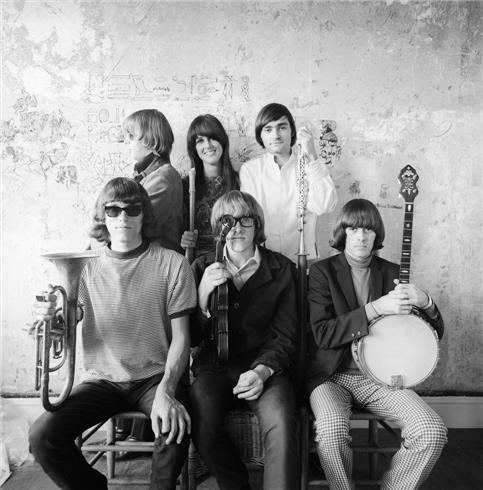
His portraits of other rock and roll luminaries – including Janis Joplin, Grace Slick, Led Zeppelin, Rod Stewart, Jeff Beck, The Pointer Sisters, Carlos Santana, Sly Stone, and more – have been regularly featured in Rolling Stone magazine and several books documenting the music of the 1960s counterculture.
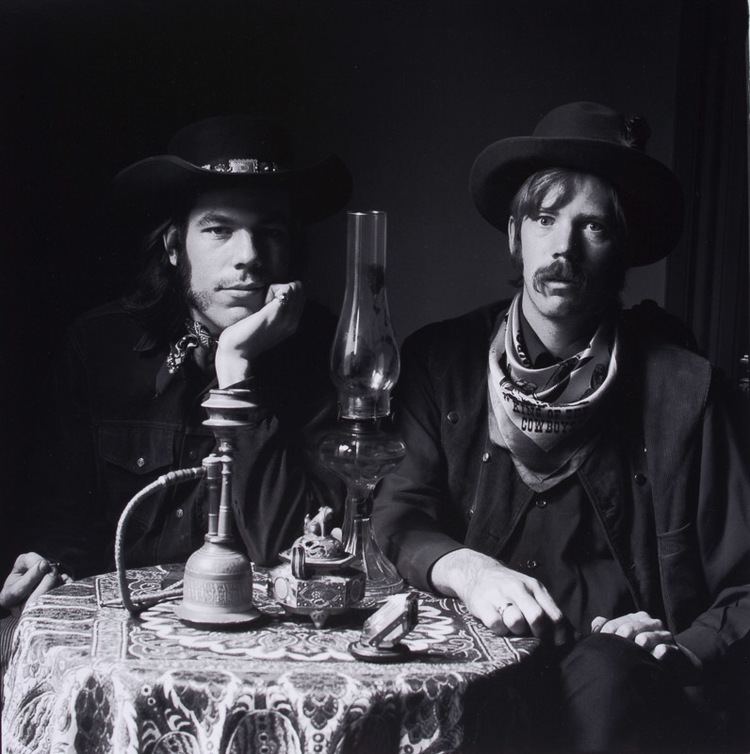
Known as “Herbie” by his friends, Greene won high praise for his ability to capture intimate portraits of the most revered figures in rock. That access was largely due to his relationships with the bands he photographed. Although he refers to himself as “just the guy with the long hair and the camera,” Greene lived in San Francisco during the 1960s rock revolution and was friends with renowned musicians, promoters, and artists.
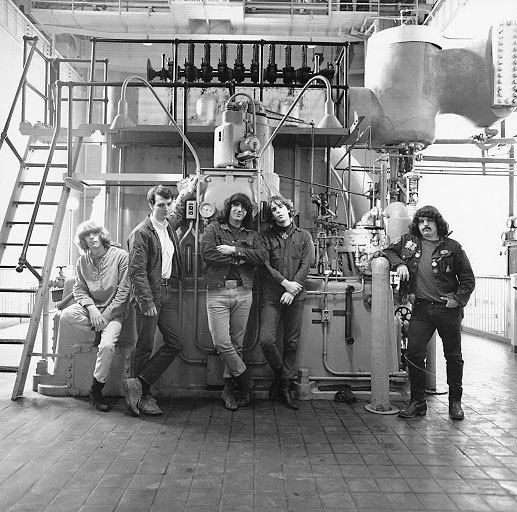
In a 2004 Rolling Stone interview, Grace Slick, former front woman for the Jefferson Airplane, remembered Greene’s famous dining room photo sessions: “Everybody used to go over there in front of Herbie’s wall.”
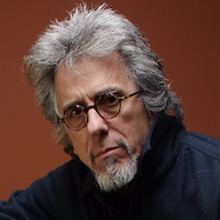
Today, Greene lives outside of Boston with his wife. He sells his iconic photographs through his website and at art shows across the country, and many of his images are on display at the Rock and Roll Hall of Fame in Cleveland, Ohio
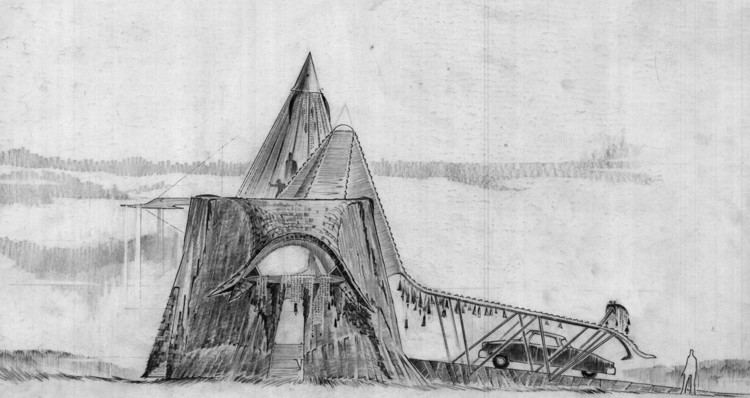
Rare led zeppelin photos inside herb greene s led zeppelin first us tour portraits collection
Early life and influences
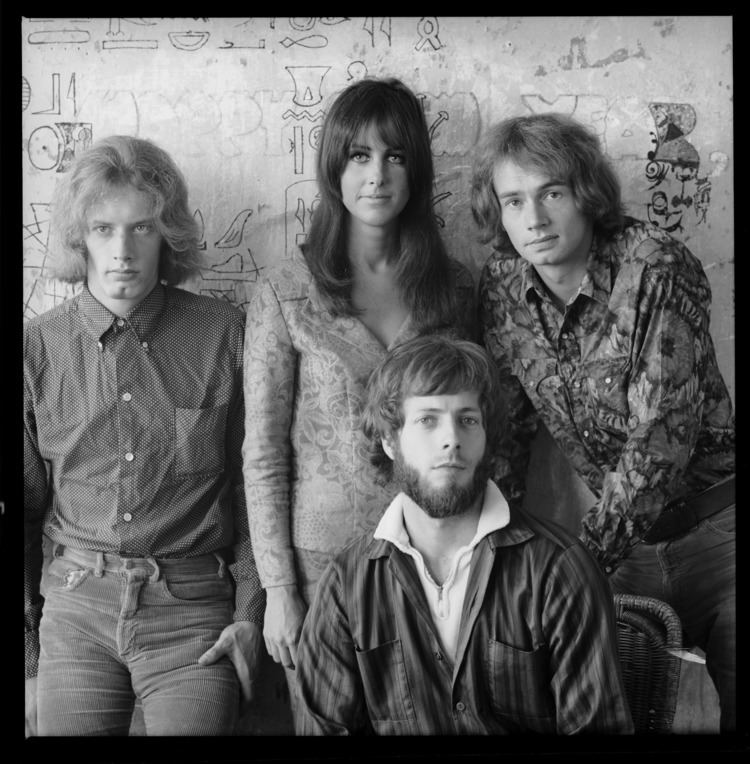
Born April 3, 1942, in Indio, California, Herb Greene grew up on his father’s pear orchard in Medford, Oregon. His father traveled the West Coast selling fruit, and his mother was a stay-at-home mom.
Greene’s mother could draw well, and she influenced him to pursue the arts. When the family moved to Yuba City, California, Greene took a drawing class at Yuba City High School. He struggled, so when a teacher suggested photography instead, Green enrolled in a class and bought his first camera, a 1959 Icon Contaflex.
As the Vietnam War escalated and high school graduation neared, Greene was terrified of being drafted. He developed a peptic ulcer, disqualifying him from the draft and leading him to pursue his passion for photography.
He graduated from high school in 1960, and in 1961, he left Yuba City and enrolled at City College in San Francisco.
1960s San Francisco
By 1969, San Francisco was a countercultural beacon for a generation of disaffected youth. But before the hippie movement had a name, beatnik artists, writers, and musicians were already calling the city home. They experimented with new styles and sounds, fueled by psychedelic drugs and an increasingly anti-war sentiment. For 19-year-old Herb Greene, the city would inspire his most prolific and creative decade.
In 1961, Greene took photography classes at City College of San Francisco and later enrolled at San Francisco State University, where he majored in anthropology and communications. After moving into an apartment near the famed Haight-Ashbury district, he met Jerry Garcia at a bluegrass café called the Fox and Hound. The two became friends and Greene booked his first gig, a portrait session with Garcia’s band, The Warlocks. (The band would eventually change its name to The Grateful Dead).
Greene soon immersed himself in the psychedelic rock scene. By day, he took classes and worked as an amateur photographer. At night, he partied with the city’s musical elite.
As Greene’s reputation grew, some of the decade’s most iconic performers came to him for portraits and album covers. He photographed Big Brother and the Holding Company and its lead singer, Janis Joplin. He shot the cover for the Jefferson Airplane’s debut album, Surrealistic Pillow, and captured rare portrait sessions with Rod Stewart, Jeff Beck, Led Zeppelin, Jethro Tull, Procol Harem, and others.
His illustrious portfolio eventually landed him a job as a fashion photographer with Joseph Magnin and Co, a prominent San Francisco department store. But by the end of the decade, San Francisco’s tight-knit community was overrun by disillusioned seekers and a relentless media frenzy. Hard drugs replaced the experimental vibe that nurtured the hippie movement, and the city began to change.
Greene began to split his time between San Francisco and a new studio in Los Angeles. As the 1960s came to a close, his work with The Grateful Dead and other iconic rockers continued.
1970s-2010s
Greene worked as a fashion and music photographer throughout the 1970s. He photographed Carlos Santana, The Pointer Sisters, Sly Stone, Dr. Hook, and Chicago. In 1974, he earned a Grammy Award nomination for Art Direction on That’s A Plenty, The Pointer Sisters’ studio album.
Greene’s work with The Grateful Dead took off again in the 1980s. He shot several sessions with Jerry Garcia and the band, including cover art for the hit album In the Dark (1987) and Dylan & the Dead (1989), the band’s compilation with renowned folk singer Bob Dylan.
By the 1990s, Greene’s portfolio had cemented his reputation as the unofficial photographer of The Grateful Dead. His portraits of the band and their 1960s contemporaries were featured in several magazines, including Rolling Stone, Relix, Newsweek, and others.
He also published several books of his work, including The Book of the Dead: Celebrating 25 Years With The Grateful Dead (1990), Sunshine Daydreams (1991), and Dead Days: A Grateful Dead Illustrated History (1996).
After Jerry Garcia’s death in August 1995, Greene went on to photograph The Grateful Dead’s surviving members and their bands, including The Dead, Bob Weir and RatDog, and Further (featuring Bob Weir and Phil Lesh).
In 1999, the cameraman moved to Maynard, Massachusetts in the suburbs of Boston. Although he no longer photographs musicians, Greene exhibits and sells his work at museums and galleries across the country and on his website.
Greene and The Grateful Dead
Greene first met Jerry Garcia in 1963 at The Fox and Hound, a bluegrass café on North Beach in San Francisco. Both were just 21 years old, and Garcia had not yet formed The Warlocks, the band that would eventually become The Grateful Dead. He was playing as part of the Sleepy Hollow Hog Stompers, a folk trio.
After one of the Garcia’s sets, Greene introduced himself. It was the start of a lifelong friendship. The pair remained friends until Garcia’s death in August 1995.
While many photographers have captured The Grateful Dead on film, Greene is widely regarded as the group’s unofficial photographer. Over 50 years, he shot just 10 sit-down sessions with the band, but his images’ intimacy offer a rare glimpse into the band’s evolution from a fledgling group to international stars.
Photography Style and Equipment
Despite ample opportunities, Greene did not photograph musicians on stage. Instead, he shot portraits of his subjects in his studios, backstage, and in his home. His pieces include both one-on-one and group shots, and he is renowned for his ability to capture intimate expressions from revered musical figures.
Green’s portraits were shot in both color and black-and-white, and the bulk of his work was captured on Kodak Tri-X 120-roll film, using D76 developer. His go-to cameras were a Hasselblad and Mamiya RB67.
Exhibits and Accolades
In addition to these venues, Herb Greene’s works have appeared on album covers and in numerous other galleries and publications.
Recent Museum Exhibits
Gallery Exhibits
Permanent Collections
Accolades/Honors
Media
Books
Greene, Herb. The Book of the Dead: Celebrating 25 Years With The Grateful Dead, Delta Publishing, 1990.
Greene, Herb. Sunshine Daydreams, Chronicle Books, 1991.
Greene, Herb. Dead Days: A Grateful Dead Illustrated History, Acid Test Publishing, 1996.
